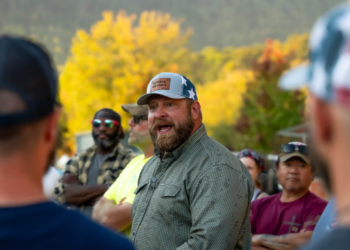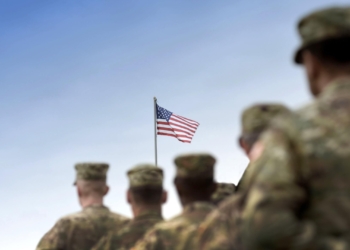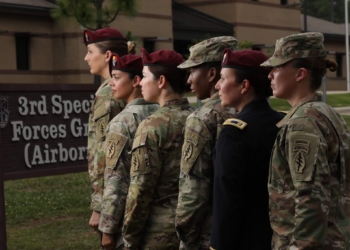Elaine D. Harmon’s final wishes were to be laid to rest at Arlington National Cemetery, but when it refused, her family declined to accept that as a final answer. “Final Flight Final Fight” by Erin Miller is an account of her family’s journey of placing her grandmother’s ashes at the nation’s most hallowed ground.
Harmon, fondly referred to as Gammy, was a Women Airforce Service Pilot during World War II. In 1943, the U.S. Army called upon women to take over domestic flying duties so men could transfer overseas, and became some of the first female pilots in the military. Accumulatively, they flew over 60 million miles and 38 women died during their service. But when the WASPs were no longer needed, the Army sent them home without formal militarization despite their important wartime service.
WASPs fought for years to achieve retroactive veteran status, finally obtaining it in the late 1970s. This allowed them to procure a DD-214 and gave them access to Veteran Affairs benefits. However, their status, unbeknown to the majority, was not accepted by the Department of Army who is in charge of Arlington.

A story about wanting to honor Harmon’s final wishes turned into giving all WASPs the recognition they originally deserved. Miller carefully details her Gammy’s life, the history of the WASPs, and the arduous journey through Congress to change law and give her grandmother a funeral 17 months after her death.
During the book launch held at the Women in Memorial Service for America Memorial at Arlington, Miller reiterated to an audience of 100 people how important it is for the WASPs to not be forgotten and how they deserve a place in classrooms.

The biography stands for a lot between reminiscing about one women’s life, honoring a group of pioneers in the aviation community, to documenting how and why a law needed to be changed. As Sen. Martha McSally states in the forward, it’s an easy-to-read, compelling and important story.
In closing of the book discussion, Miller said, “I hope you share this story with people, your family, your friends and social media so that people learn more about the history of these trailblazing women and not just my grandmother.”
Harmon’s family will certainly not forget the story, especially Miller who showcases her forearm tattoo on the cover of the book, which records the congressional meeting, session and House bill number that changed the law for Harmon and all other WASPs: 114th Congress, 2nd Session, H.R. 4336.

















































